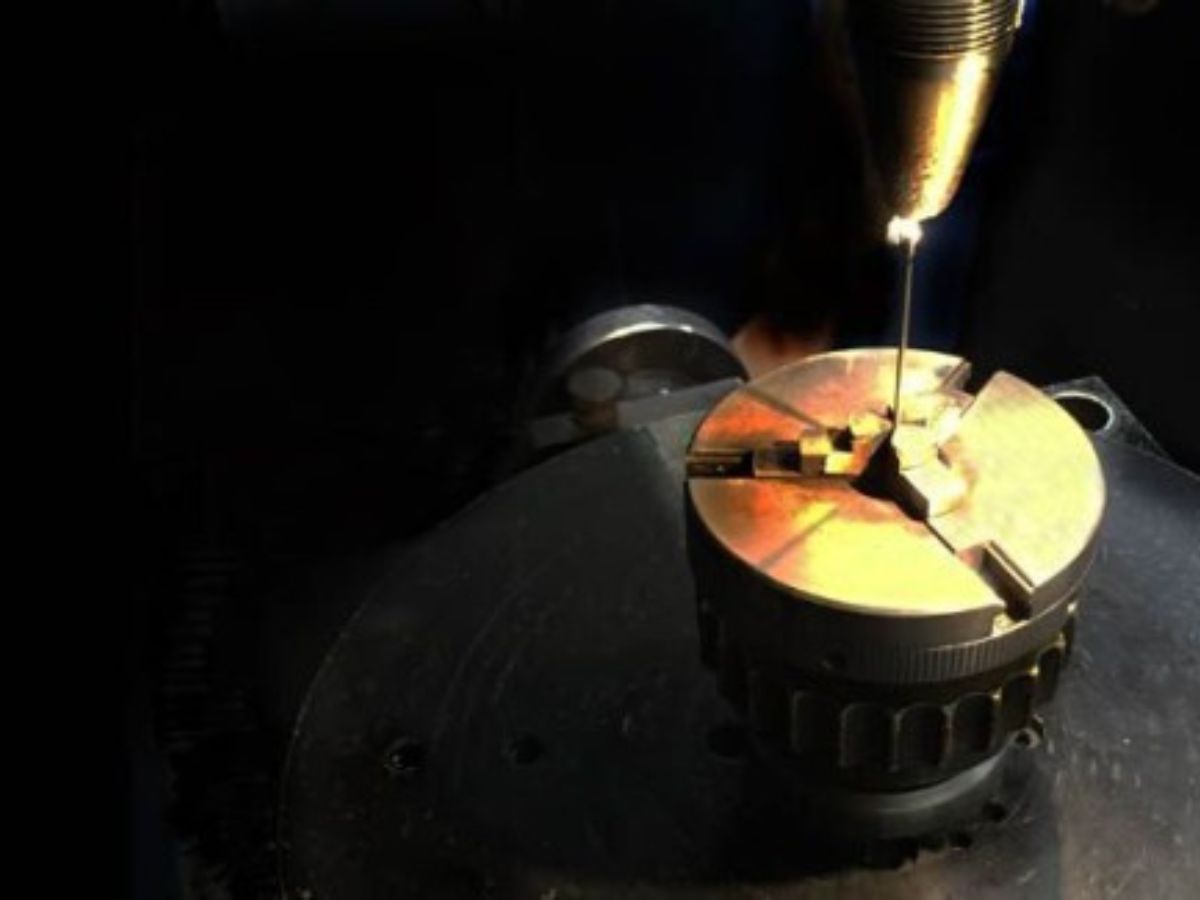# The Beginner's Guide to MIG Welding
MIG welding, short for Metal Inert Gas welding, has become a popular choice among both hobbyists and professionals. It’s known for its efficiency and versatility, making it a go-to method in various sectors, including residential welding, commercial welding, and auto welding repair. This comprehensive guide will explore every facet of MIG welding, from the fundamentals to advanced techniques.
---
# **How Does MIG Welding Work?**
The MIG welding process involves several key components:
1. **Welding Gun**: The tool that feeds the wire and delivers the shielding gas.
2. **Electrode Wire**: A continuous metal wire that melts to form the weld.
3. **Shielding Gas**: Protects the molten weld pool from atmospheric contamination.4. **Power Source**: Supplies the necessary voltage and current.
When these elements work together, they create a strong bond between metals while minimizing defects.
**The Beginner's Guide to MIG Welding Techniques**
Understanding various techniques will enhance your skills in MIG welding significantly.
# **Advanced Techniques in MIG Welding**
- **Push vs. Pull Technique**: Deciding whether to push or pull can affect penetration and bead appearance.
- **Travel Speed Adjustment**: Altering your speed helps manage heat input and bead shape.---
# **MIG Welder Machine**
Choose a machine suited for your projects—commercial or residential—and ensure it has adjustable settings.
# **Welding Power Supplies and Equipment**
Invest in quality equipment for optimal results. Consider features like duty cycle, portability, and power output when selecting your welder.
---
# **When to Use Each Type of Welding?**
Each type has its place:
- Use MIG for quick repairs or thin materials.
- Opt for TIG when precision is vital.- Choose arc welding for heavy-duty work or outdoor applications.
---
# **Residential Welding Projects**
Homeowners often utilize MIG for DIY projects such as furniture building or repairs around the house.
# **Auto Welding Repair Techniques**
In automotive repair shops, MIG is preferred for bodywork due to its clean finish and ease of use on thin metal sheets.
---
**Preventing Common Welding Defects in MIG Welding**
Despite being user-friendly, defects can occur during the process:
# 2. Incomplete Penetration
This defect arises when the weld doesn’t penetrate deeply enough into the base material; adjust travel speed as necessary.
**Energy-Efficient MIG Welding Tips**
For those looking to minimize costs while maximizing output:
1. Optimize Settings: Adjust voltage and wire feed speed based on material thickness.
2. Utilize Low Heat Input Techniques: This reduces energy consumption while preventing warping.---
**Exploring Latest Advancements in Welding Technology**
Stay updated with technological advancements that improve efficiency:
1. Robotic Automation2. Advanced Power Sources
3. Real-time Monitoring SystemsThese innovations can streamline processes across residential, commercial, and industrial sectors alike.
---
**Customer Experiences with Custom Welding Projects**

- A local artist used custom fabrication techniques to create unique sculptures.
- Businesses often commission tailored solutions that cater specifically to their needs.
These stories highlight how personalized service enhances customer satisfaction and loyalty.
---
FAQ Section
# 2. Is it possible to learn MIG welding without prior experience?
Absolutely! Many beginners successfully learn through hands-on practice or online courses tailored towards novices!
# 4. Are there any specific regulations I should be aware of?
Yes! Familiarize yourself with local codes regarding safety standards before starting any project!
# 6.Who should consider getting certified in welding?
Anyone looking to advance their career prospects within the field should pursue certification—it enhances employability significantly!
---
code1/pre1/##